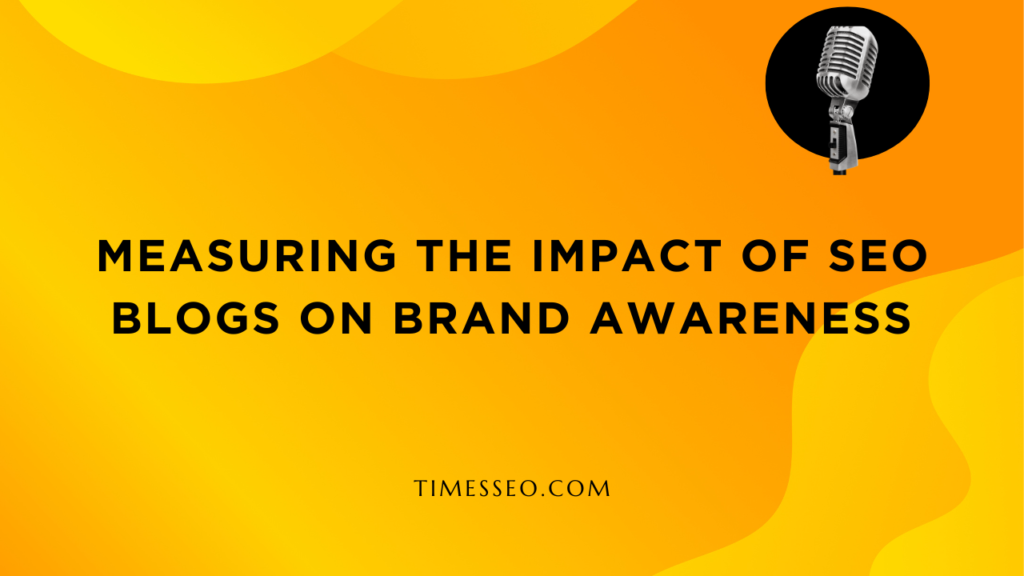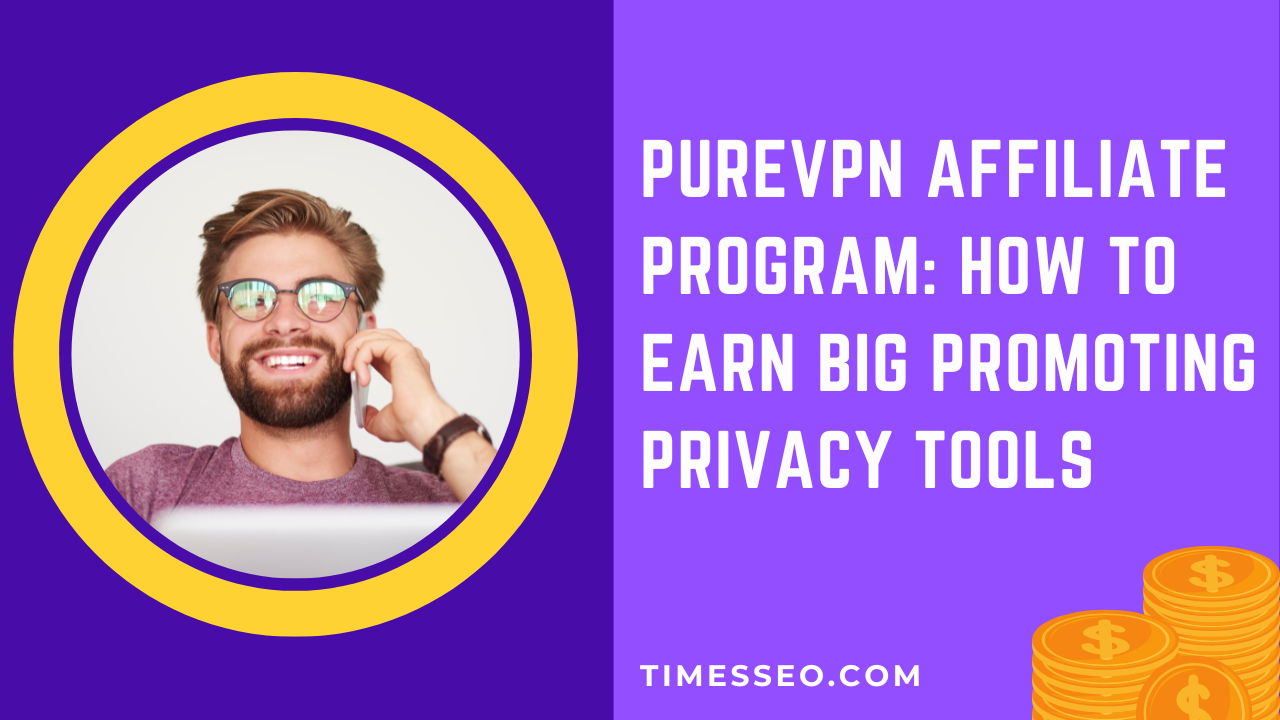
SEO Blog Ideas for Building Brand Awareness
Discover powerful SEO blog ideas to boost your brand visibility and recognition online. This post explores 15+ unique content strategies—from behind-the-scenes storytelling to expert interviews—that can help you connect with your audience and rank higher on search engines. Perfect for businesses looking to build brand awareness through strategic blogging.
Table of Contents
Introduction
Let’s face it—there’s no brand without awareness. If no one knows who you are, they can’t buy what you sell. That’s where SEO blogging swoops in like a superhero for your business. When done right, it doesn’t just improve your Google rankings—it becomes your brand’s voice, echoing across the internet.
In this post, I’m giving you proven, strategic SEO blog ideas designed specifically to boost your brand’s presence. Ready to become unforgettable online? Let’s dive in.
Understanding the Role of Content in SEO
Why SEO and Content Go Hand-in-Hand
Without SEO, content is like a billboard hidden in the middle of nowhere—no one will see it. SEO makes sure your blogs actually reach your target audience. Excellent material makes them want to stay.
Google’s Focus on E-E-A-T
Google highly values content that reflects Experience, Expertise, Authority, and Trust (E-E-A-T). So, your blogs should reflect your brand’s credibility and real-world know-how.
Choosing the Right Blog Topics for Brand Awareness
Aligning Content with Brand Values
Before you start typing away, take a step back. What does your brand stand for? Your blog topics should echo those values loud and clear. If you’re all about sustainability, write about eco-friendly practices in your industry.
Understanding Your Audience’s Intent
Think like your reader. What are they Googling at 2 AM? Your blog topics should address their problems, questions, and interests in a way that naturally introduces your brand.
Leveraging Keyword Research Tools
Tools like Ahrefs, SEMrush, and Google Keyword Planner are gold mines. Use them to find high-volume, low-competition keywords that are aligned with your niche and customer intent.
Optimizing Blog Posts for SEO and Awareness
Keyword Placement and Density
Naturally weave in your target keywords—in titles, subheadings, the intro, and throughout the post without stuffing.
Engaging Meta Titles and Descriptions
These are the first things users see on Google. Make them catchy, concise, and keyword-optimized to boost click-through rates.
Internal Linking for Longer User Sessions
Guide your readers to other relevant blogs or pages on your site. This boosts SEO and increases dwell time.
Top SEO Blog Ideas That Drive Brand Recognition
1. Founder’s Story / Brand Journey
People connect with people. Tell the story behind your brand—the struggles, the breakthroughs, and the mission. This increases brand loyalty and fosters emotional involvement.
2. Behind-the-Scenes Content
Give readers a peek into your team, your workspace, or your creative process. It makes your brand relatable and authentic.
3. Customer Success Stories & Testimonials
Turn your happy customers into brand ambassadors. These blogs not only build trust but also serve as powerful SEO assets when keyword-optimized.
4. Industry Trends and Insights
Make predictions or offer commentary on current events to establish oneself as a thought leader. It shows that your brand is informed, relevant, and forward-thinking.
5. How-To Guides Related to Your Product/Service
Everyone loves actionable content. Show your audience how to solve problems using your product or in areas related to your expertise.
6. Thought Leadership Articles
Write opinion pieces on controversial or forward-thinking topics in your industry. Never be scared to question the existing quo.
7. Interviewing Experts in Your Niche
Bring credibility and fresh perspectives to your blog. Interviews often rank well and offer backlinking opportunities when the guest shares the post.
8. Product Comparisons / Reviews
Compare your product to others in your space—honestly. This ranks well for keywords like “best [product] for [use case]” and builds trust.
9. User-Generated Content Showcases
Emphasize customer-generated images, reviews, or blog posts. It’s social proof and SEO gold.
10. Myth-Busting Industry Misconceptions
Take common myths in your field and bust them wide open. These posts tend to go viral and improve trust in your brand.
11. Infographics and Visual Storytelling
Break down complex topics with visuals. Search engines love them, and readers are more likely to share them.
12. Seasonal Content with a Brand Twist
Holidays, events, or seasonal trends—tie them into your niche creatively. Example: “Top 5 Ways to Use Our Product This Diwali”
13. FAQ-Based Posts from Real Customers
Turn your customer support questions into blogs. They target long-tail keywords and show you listen to your audience.
14. Community Impact and CSR Initiatives
Show how your brand gives back. This fosters trust and makes people feel good about supporting you.
15. Predictions and Forecasts in Your Industry
What does the future look like in your niche? These kinds of speculative posts attract shares and backlinks.
Using Content Clusters to Dominate SERPs
Creating Pillar Content and Topic Clusters
Write one in-depth “pillar” post on a broad topic and link it to related, more detailed posts (clusters). This signals topical authority to search engines.
Examples of Effective Cluster Strategies
A fashion brand could have a pillar post on “Sustainable Fashion 101” linking to clusters like “Best Eco-Friendly Fabrics,” “How to Build a Capsule Wardrobe,” etc.
Measuring the Impact of SEO Blogs on Brand Awareness
Tools to Measure Traffic and Engagement
Use Google Analytics, Search Console, and tools like Hotjar to track how people are finding and interacting with your blogs.
Key Metrics to Monitor
Look out for:
- Organic traffic
- Bounce rate
- Time on page
- Social shares
- Backlinks
- Brand name searches
Promoting SEO Blogs to Maximize Brand Reach
Email Marketing
Send your blog posts to subscribers. Include a call to action, a teaser, and a personal touch.
Social Media Sharing
Share your blogs on every platform your audience uses. Use hashtags, tag relevant people, and write engaging captions.
Influencer and Partner Collaborations
Get others to share your blog. Guest blogging, backlinks, and shoutouts go a long way.
Conclusion
Building brand awareness doesn’t happen overnight. But a well-thought-out SEO blog strategy gets you there steadily, one keyword at a time. By writing about things that matter to your audience and showcasing your brand’s personality and expertise, you’re not just boosting rankings—you’re building lasting relationships.
Frequently Asked Questions
A blog is SEO-friendly when it includes keyword optimization, internal links, proper headers, and valuable, original content.
Consistency is key. Start with 1–2 posts per week and focus on quality over quantity.
Absolutely! Blog traffic can be funneled into lead magnets, contact forms, or product pages.
Long-form (1500+ words) usually ranks better because it provides comprehensive answers and keeps users engaged.
Typically, 3–6 months with consistent effort and proper optimization.
Table of Contents
Popular Posts
-
 Affordable Technical SEO Audit for Small Business: A Complete Guide26 Jun 2025 Blog
Affordable Technical SEO Audit for Small Business: A Complete Guide26 Jun 2025 Blog -
 How to Get an Affordable Technical SEO Audit for Small Business27 Jun 2025 Blog
How to Get an Affordable Technical SEO Audit for Small Business27 Jun 2025 Blog -
 The Ultimate Local SEO Audit Checklist for Startups28 Jun 2025 Blog
The Ultimate Local SEO Audit Checklist for Startups28 Jun 2025 Blog -
 Local SEO Audit Checklist for Startups: A Beginner’s Guide28 Jun 2025 Blog
Local SEO Audit Checklist for Startups: A Beginner’s Guide28 Jun 2025 Blog -
 Top On-Page SEO Audit Steps for Service Websites Every Business Should Know29 Jun 2025 Blog
Top On-Page SEO Audit Steps for Service Websites Every Business Should Know29 Jun 2025 Blog -
 Technical SEO for WordPress: The Ultimate Beginner’s Guide01 Jul 2025 Blog
Technical SEO for WordPress: The Ultimate Beginner’s Guide01 Jul 2025 Blog -
 The Impact of On-Page SEO Audit Steps for Service Websites on UX01 Jul 2025 Blog
The Impact of On-Page SEO Audit Steps for Service Websites on UX01 Jul 2025 Blog -
 Technical Mobile SEO Audit Tips for Developers02 Jul 2025 Blog
Technical Mobile SEO Audit Tips for Developers02 Jul 2025 Blog -
 Complete SEO Backlink Audit Guide for Better Google Rankings03 Jul 2025 Blog
Complete SEO Backlink Audit Guide for Better Google Rankings03 Jul 2025 Blog -
 Boost Your Rankings with Technical SEO for WordPress01 Jul 2025 Blog
Boost Your Rankings with Technical SEO for WordPress01 Jul 2025 Blog






